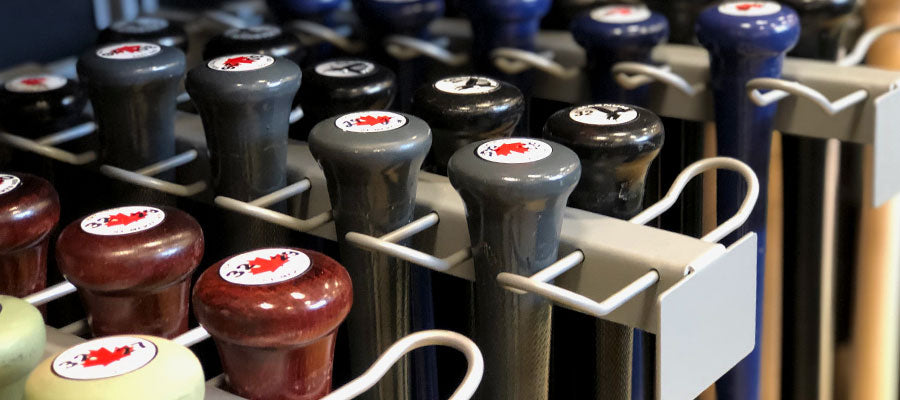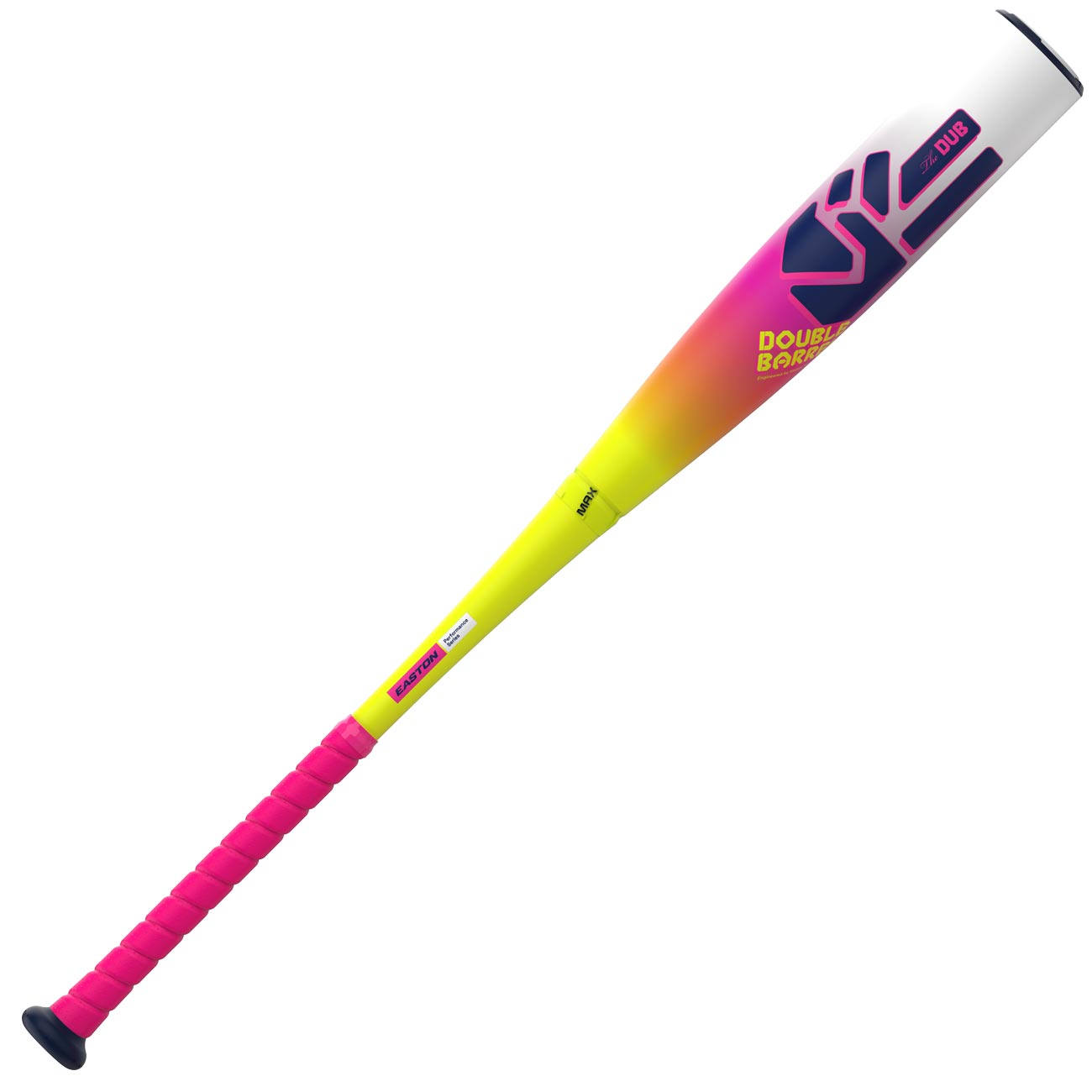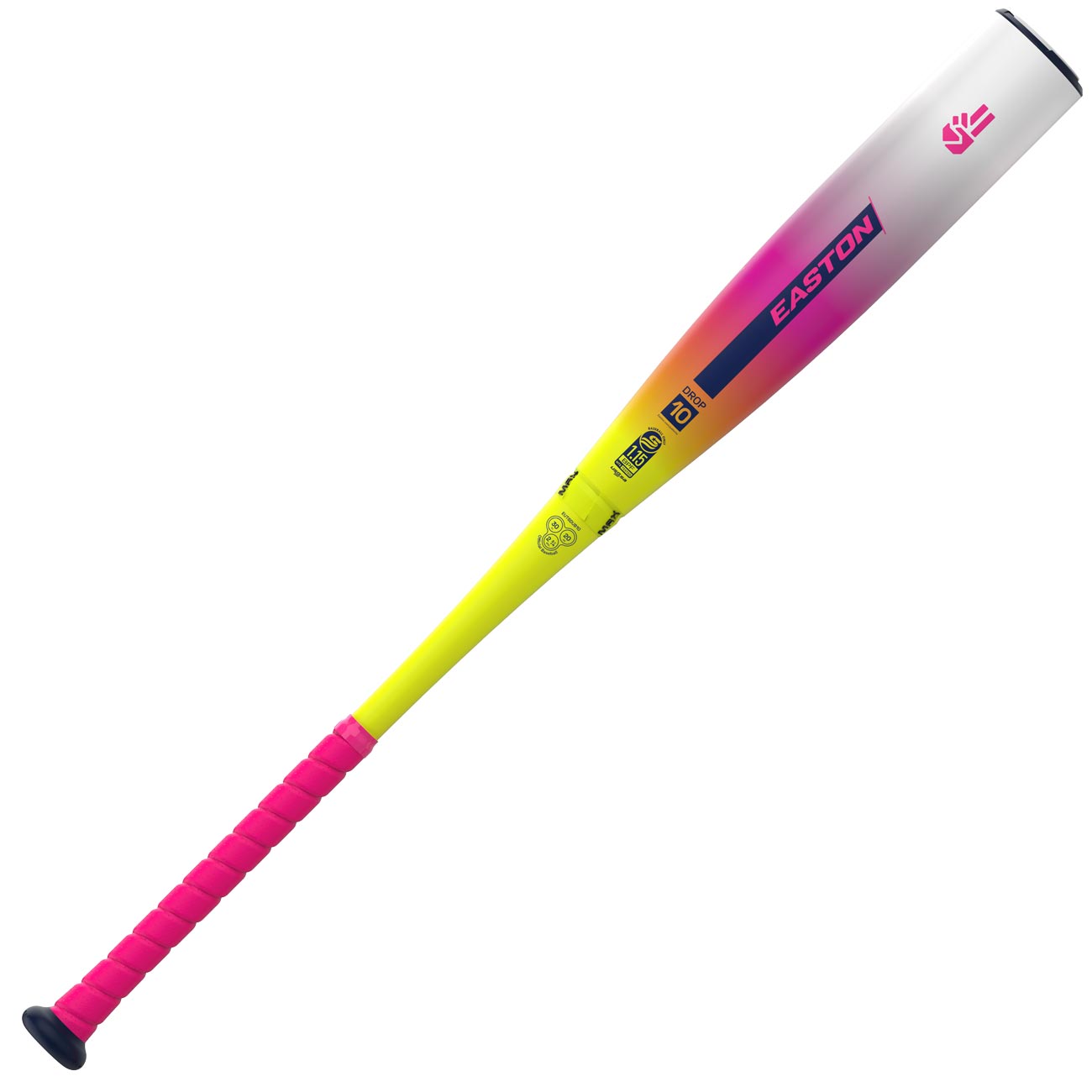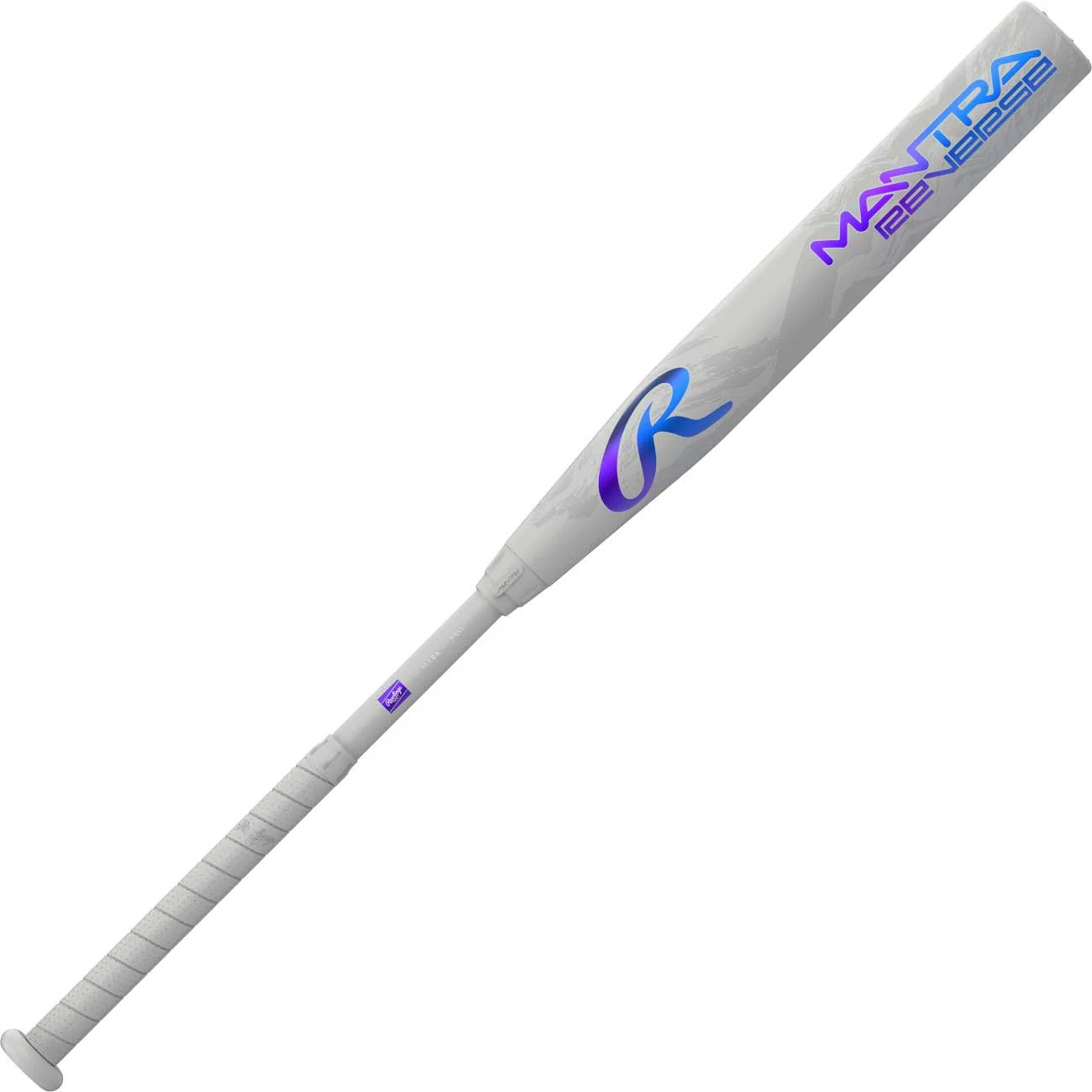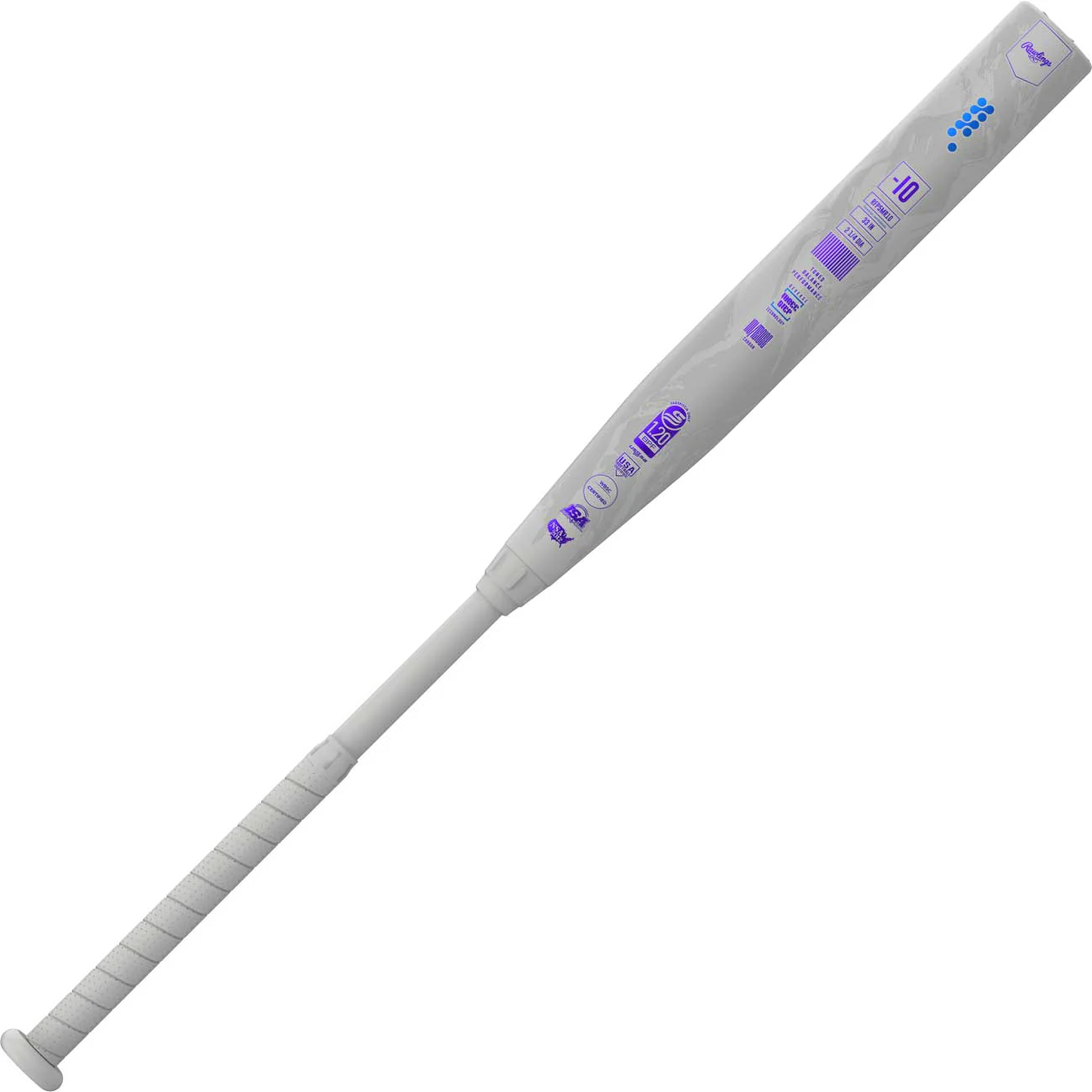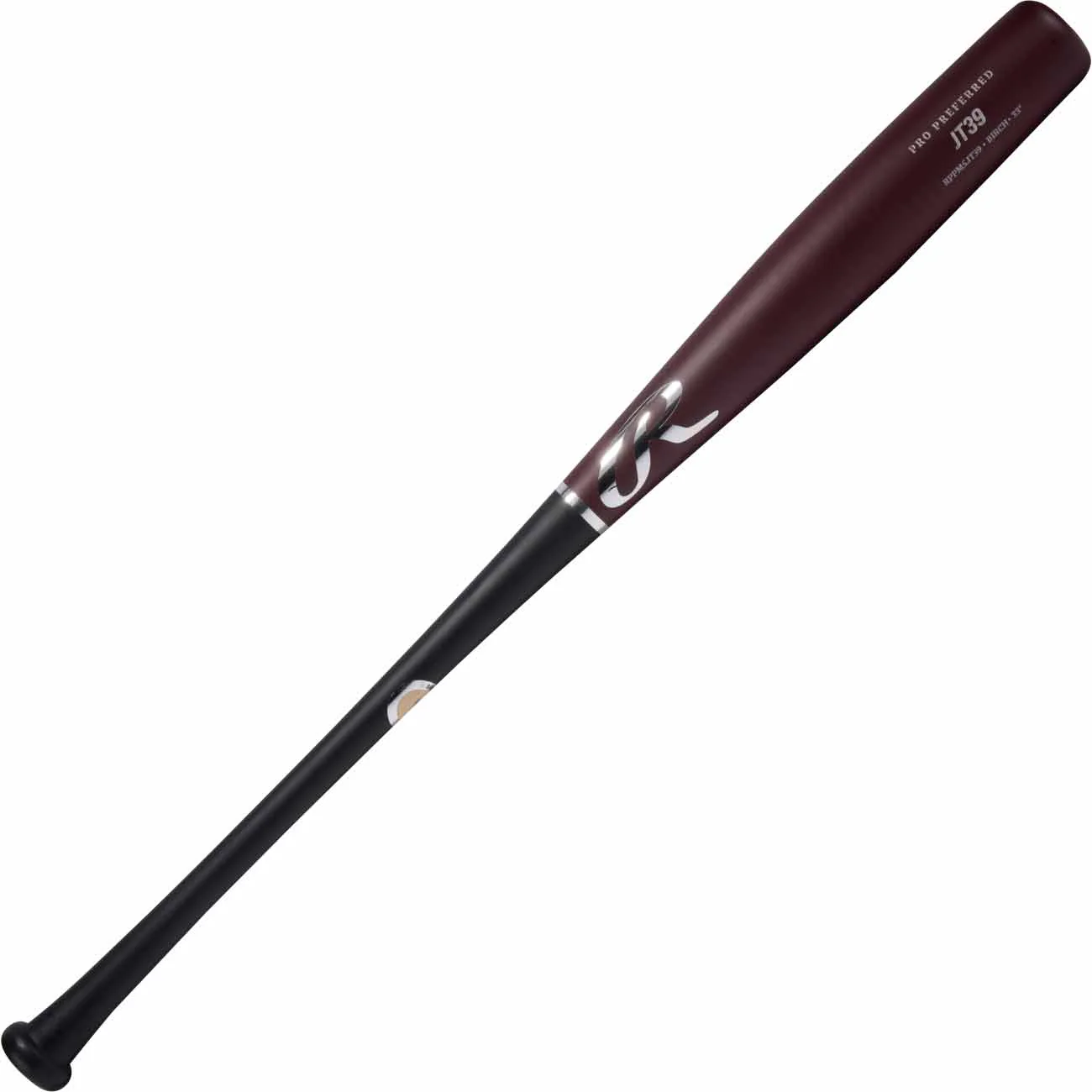Your Ultimate Guide to choosing the right bat size
For any hitter, from T-ball to the bigs, bat sizing is the first key to success. If a bat is too heavy or too long, you’ll struggle to generate power or consistency. If it’s too short or too light, you’ll have a hard time with plate coverage or pitch adjustments.
To reach your true potential at the dish, a hitter needs harmony in their bat size. But what does that mean if you’re shopping for yourself, or for someone else? We’ll walk you through it.
Bat Certifications Explained
The first thing to look at are the certifications, usually featured prominently on the barrel. For baseball bats, you’ll find a stamp for either USA, USSSA, or BBCOR.
 USA Certification
USA Certification
USA leagues are for kids 13 and under. This includes those playing in Little League, Babe Ruth, Cal Ripken, and PONY Leagues. USA bats will have a 2 5/8-inch diameter barrel. Because USA bats are made for players who are still developing and learning the ins and outs of the game, they feature less “pop” and are usually the lightest type of bat you can find
 USSSA Certification
USSSA Certification

BBCOR Certification
If you’re playing high school ball, then BBCOR is the certification you’re looking for. BBCOR stands for Batted Ball Coefficient of Restitution, and like BPF, it’s a measure of how much pop a bat has. BBCOR-certified bats must have less than a .50 BBCOR rating, which means if a ball was thrown at 100 MPH against a stationary bat, the ball would rebound at 50 MPH. This is a tougher limit than 1.15 BPF, so heavier USSSA bats will usually have more pop than BBCOR bats.
BBCOR bats will have the same size barrel as USA bats, but will be significantly heavier. In order to be certified, BBCOR bats must weigh 3 ounces less than the length of the bat or be “drop 3.”
What Drop Bat Do I Need?
A bat’s drop describes the bat’s weight in relation to its length. For USA bats, drops can range from -13 to -5. In USSSA, they’ll range from -10 to -5. Like we said earlier, all BBCOR bats will be -3.
So, for example, if a bat is a 30 inches and a -10, the weight of the bat will be 20 ounces.
USA bats have the widest variety of drops, since kids ages 5 to 14 could be using these bats. Drop is an important metric for a developing slugger. Bats with a lower drop tend to be more powerful, but if a bat is too heavy, you won’t be able to generate enough bat speed to put any thump in the ball. If a bat is too light, it can become a structural issue, as more force behind the bat will increase the likelihood of a break. Bats that are too light can also throw off your swing mechanics, leading to worse performance.
There’s no “right” drop for a certain age group; it all depends on each player’s skill and strength. Generally, players under 11 will be using a -10 or higher. Older players can usually bump up to a -8 or -5.
It all depends on how a bat feels in your hands. Don’t be afraid to ask a coach for some advice.
What Bat Length Do I Need?
Now that we’ve cleared up weight, let’s talk about length.
For the little tykes starting off in T-Ball, you want to look at bats between 24 and 26 inches. If your little slugger is already out of T-Ball, you don’t want anything shorter than 27 inches.
Here is where things will start to vary based on feel. For ages 8 to 13, bat lengths can vary from 27 inches to 31 inches. If a player has already hit 5 feet in height, you could look at 30- and 31-inch bats. The taller the player, the more length they can handle. (Usually.) Kids 5’5” and over should begin considering a 32-inch bat.
BBCOR bats span anywhere from 29 inches to 34 inches. At this age, thanks to the -3 regulation, the calculation becomes as much about weight as about length. If at all possible, try testing out some bats to see what’s comfortable.
Wood Bat Sizing
Before we wrap up, let’s cover wood bats. Most youth leagues currently use alloy or composite bats rather than wood, but there are tournaments and leagues out there that will still use the classic bat material, especially for high school players.
The biggest thing to know about wood bats is the weight from bat to bat can vary. Different bats come from different trees and can all feel different. Youth wood bats will typically either be -7.5 or -5. Adult wood bats should be around -3. But again, the weights that the bats are supposed to be will vary, since wood bats don’t allow for as much precision in engineering.
Test swings will be the best way to feel what wood bat is best for you
How Do I Know What Bat Size I Need?
The bottom line is that a player needs to be swinging something that feels comfortable. If your current bat is starting to feel noticeably easier to swing, it might be time to experiment with something heavier. If you feel you’re struggling to get your bat through the zone with authority, something lighter might help.
Determine your bat length by age:
| Age | 5 - 7 years | 8 - 9 years | 10 years | 11 - 12 years | 13 - 14 years | 15 - 16 years | 17+ years |
|---|---|---|---|---|---|---|---|
| Bat Length | 24" - 26" | 26" - 28" | 28" - 29" | 30" - 31" | 31" - 32" | 32" - 33" | 34" |

